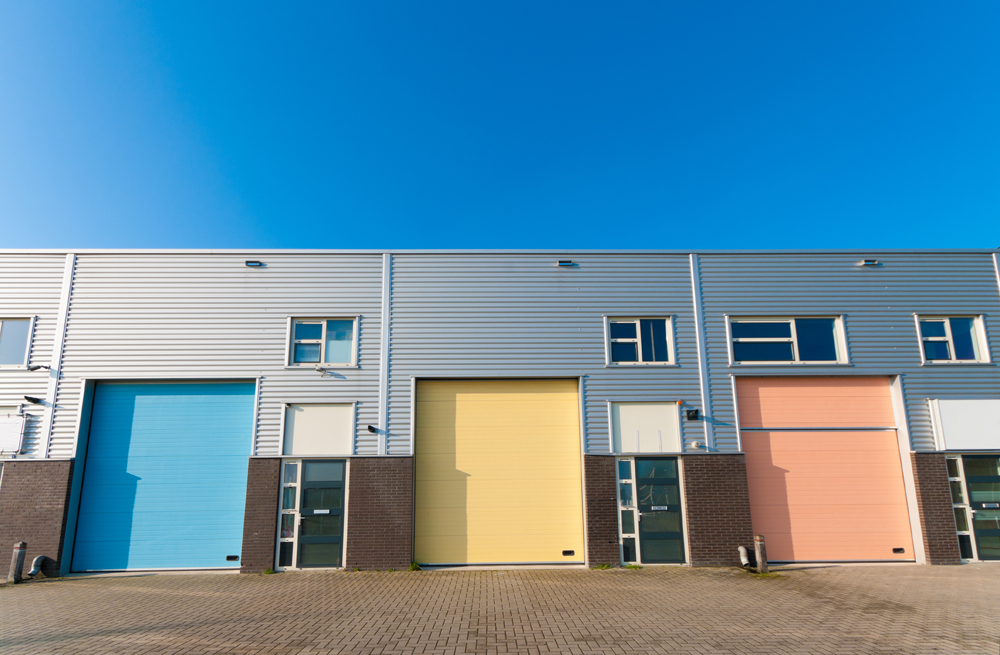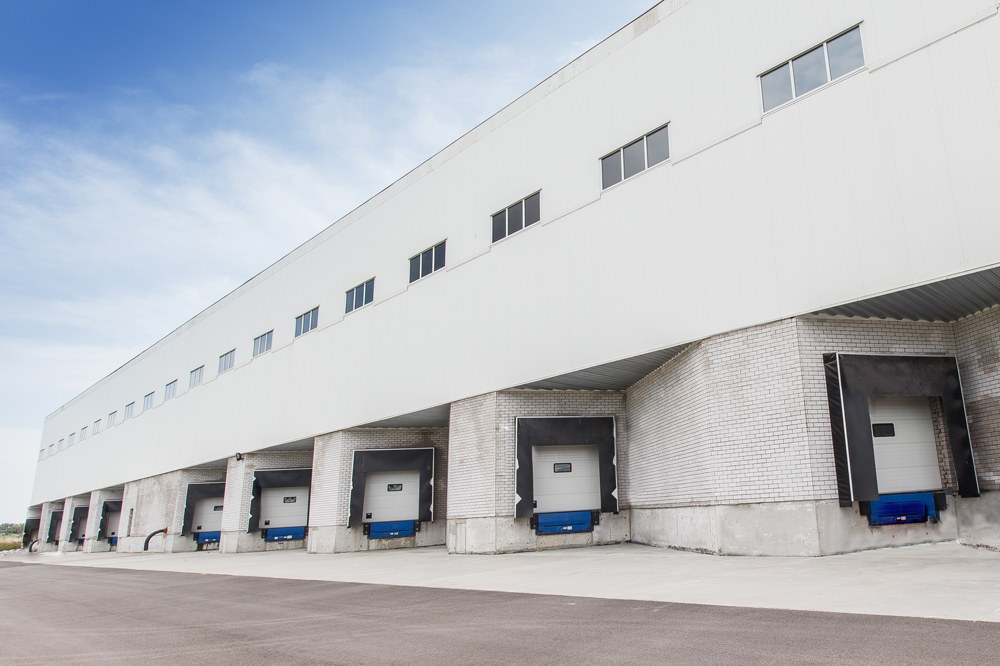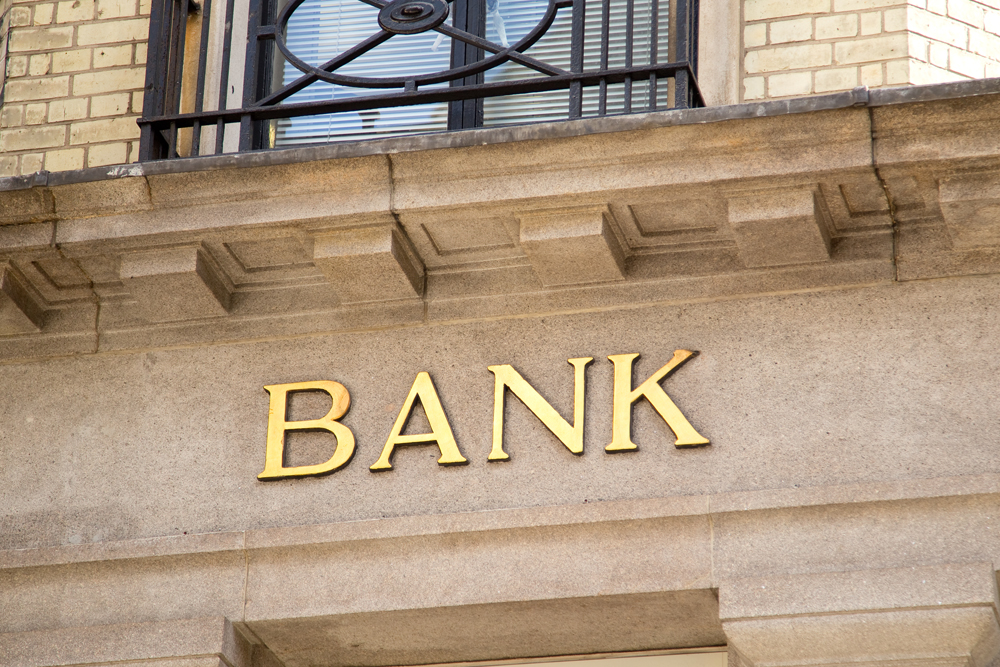According to Dodge Data & Analytics, commercial real estate construction will witness a “6% increase on top of the 12% gain estimated for 2016”. The report also indicates increases in construction activity in the single-family, institutional, and manufacturing plant markets ranging from 6%-9%. Conversely, Dodge Data estimates that the multi-family and utility plant construction markets will decrease by 2% and 29%, respectively.









